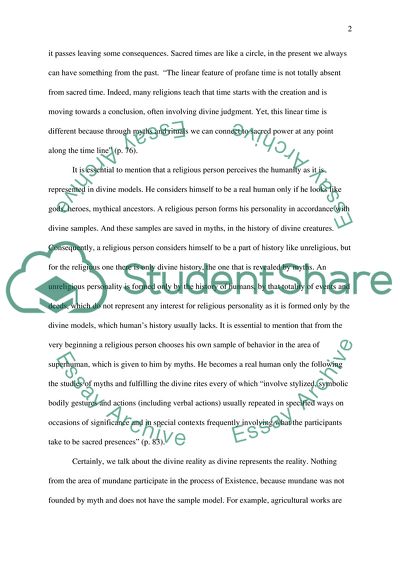Cite this document
(The Relations Between the Myths and Sacred Items Essay Example | Topics and Well Written Essays - 1250 words, n.d.)
The Relations Between the Myths and Sacred Items Essay Example | Topics and Well Written Essays - 1250 words. https://studentshare.org/religion-and-theology/1808494-myth-sacred-time-religiou-symbols-rites
The Relations Between the Myths and Sacred Items Essay Example | Topics and Well Written Essays - 1250 words. https://studentshare.org/religion-and-theology/1808494-myth-sacred-time-religiou-symbols-rites
(The Relations Between the Myths and Sacred Items Essay Example | Topics and Well Written Essays - 1250 Words)
The Relations Between the Myths and Sacred Items Essay Example | Topics and Well Written Essays - 1250 Words. https://studentshare.org/religion-and-theology/1808494-myth-sacred-time-religiou-symbols-rites.
The Relations Between the Myths and Sacred Items Essay Example | Topics and Well Written Essays - 1250 Words. https://studentshare.org/religion-and-theology/1808494-myth-sacred-time-religiou-symbols-rites.
“The Relations Between the Myths and Sacred Items Essay Example | Topics and Well Written Essays - 1250 Words”. https://studentshare.org/religion-and-theology/1808494-myth-sacred-time-religiou-symbols-rites.


